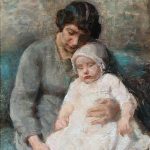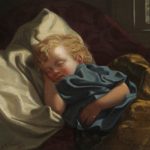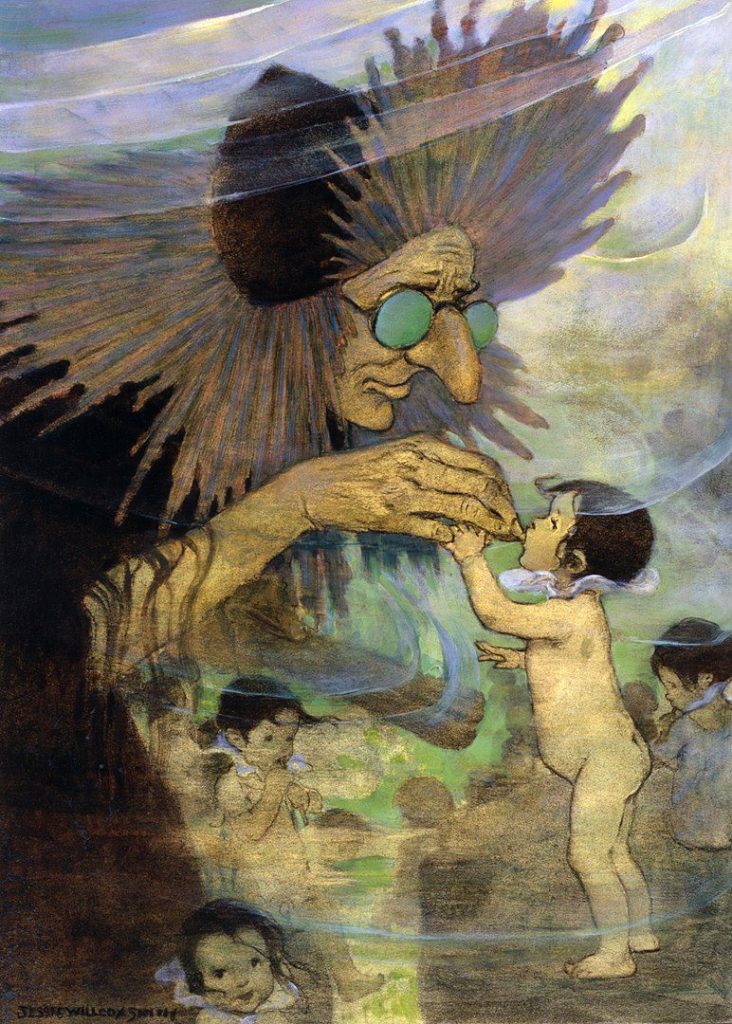
Jessie Willcox Smith (1863–1935), an American illustrator and painter, holds a revered place in the annals of American art, particularly for her significant contributions to the Golden Age of American illustration. Born on September 6, 1863, in Philadelphia, Pennsylvania, Smith’s artistic journey unfolded during a period marked by burgeoning industrialization and cultural shifts in the United States.
Growing up in a time of societal and artistic transformation, Smith’s early artistic inclinations found expression in her childhood drawings. Her talent was recognized early on, and she received formal training at the Pennsylvania Academy of the Fine Arts, studying under acclaimed artists Thomas Eakins and Thomas Anshutz.
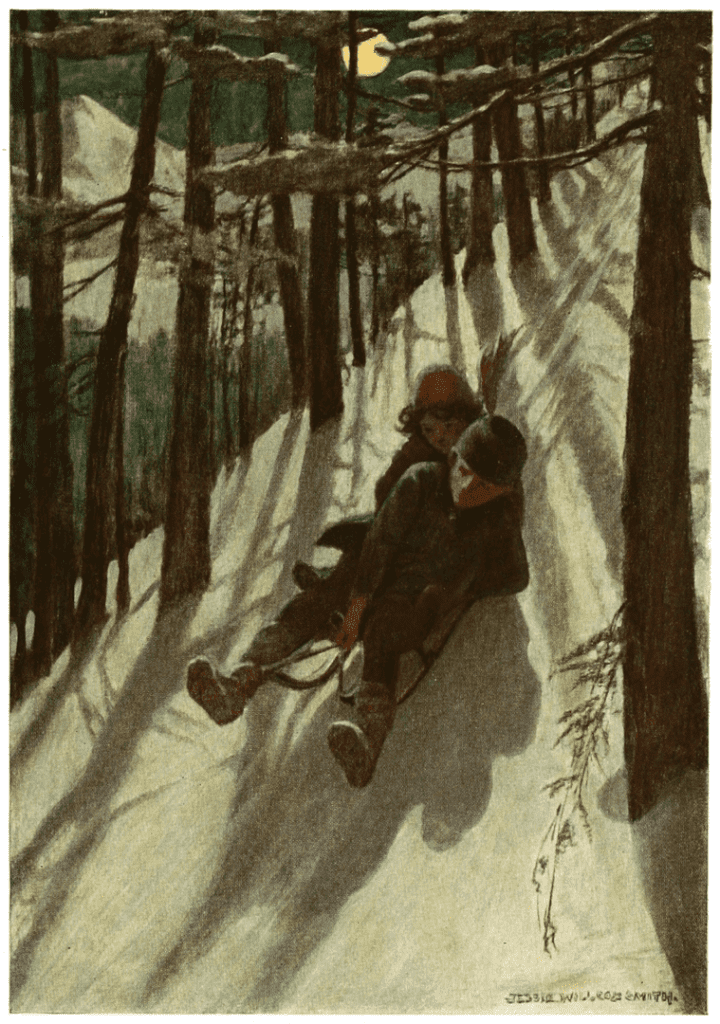
The late 19th and early 20th centuries witnessed a burgeoning demand for illustrations in magazines, books, and advertisements, providing a fertile ground for artists like Jessie Willcox Smith. Her career took a significant turn when she began her professional journey as an illustrator, contributing to prominent publications such as “St. Nicholas Magazine” and “Women’s Home Companion.”
Delicate & Meticulous
Smith’s illustrations, characterized by their delicate lines and meticulous attention to detail, quickly gained acclaim. Her work often depicted scenes from literature, children’s stories, and everyday life, capturing the imagination of audiences and leaving an indelible mark on the field of American illustration.
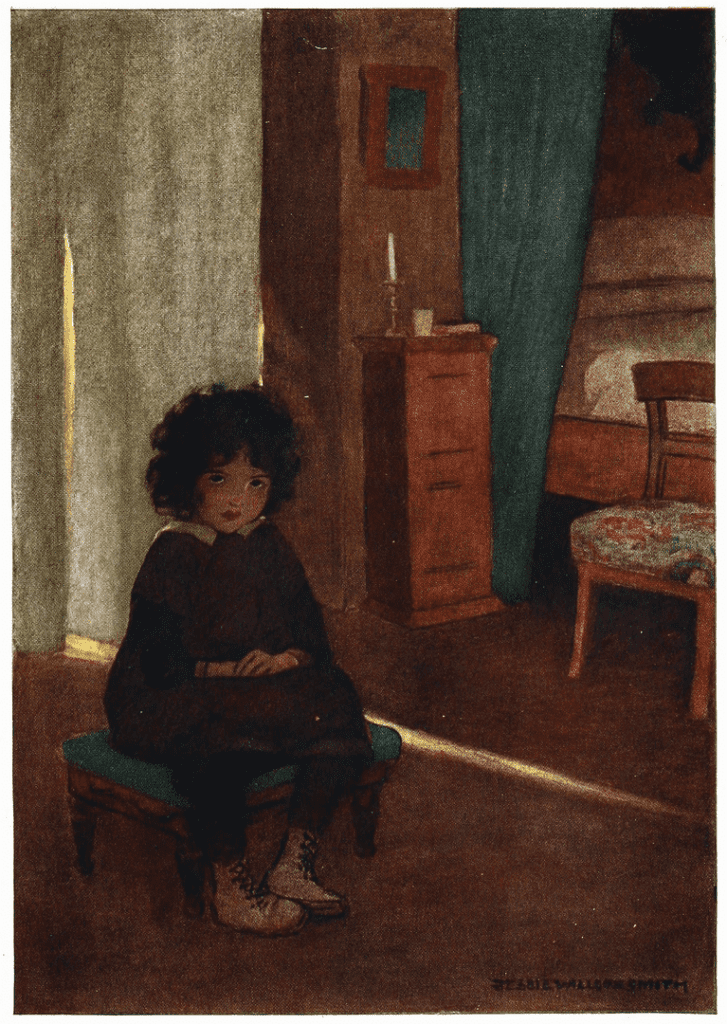
One of Smith’s most notable collaborations was with the renowned publishing firm The Century Company. Her illustrations for Louisa May Alcott’s “Little Women” and Frances Hodgson Burnett’s “A Little Princess” earned her widespread recognition and established her as a prominent illustrator of children’s literature.
In addition to her commercial success, Smith’s artistry extended to the creation of iconic images for advertising campaigns, contributing to the popularization of brands such as Ivory Soap. Her ability to blend commercial work with artistic integrity set her apart in an era where the boundaries between fine art and commercial illustration were often blurred.
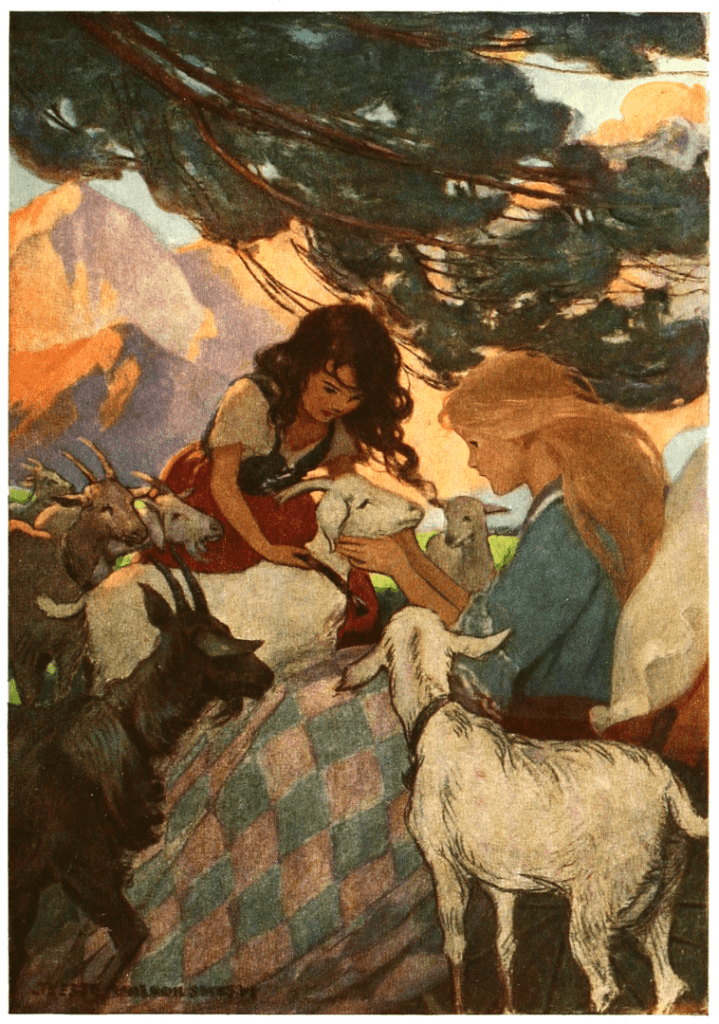
Beyond her accomplishments in illustration, Jessie Willcox Smith transitioned into the realm of fine art painting. Her portraits, often featuring children and mothers, continued to reflect her sensitivity to human emotions and the nuances of family life. Smith’s paintings, such as “Motherhood” and “The Fairy Tale,” showcased her mastery of color and composition.

Despite the so-called “challenges” faced by female artists during her time, Jessie Willcox Smith’s talent and perseverance paved the way for future generations. She was one of the first female illustrators to achieve recognition and success in a male-dominated field. In 1915, she became the first woman to be elected to the prestigious American Society of Illustrators.
Trailblazing Illustrator
Jessie Willcox Smith’s legacy endures as a trailblazer in American illustration, leaving an indelible impact on the visual culture of her era. Her ability to capture the innocence of childhood, coupled with her technical skill and versatility, continues to resonate with admirers and scholars alike. Smith’s contributions to the Golden Age of American illustration remain an integral part of the nation’s artistic heritage.
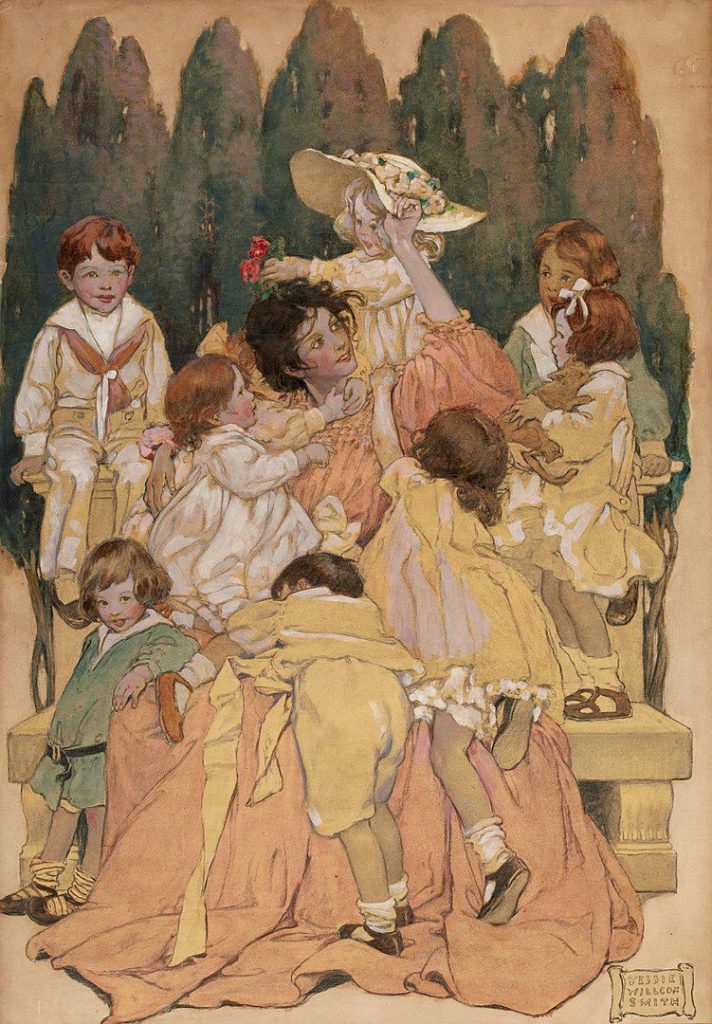
In conclusion, Jessie Willcox Smith’s biography is a testament to her role as a pioneering illustrator and painter, whose work transcended the boundaries of commercial art to leave an enduring mark on American visual culture. Her legacy as a trailblazer and a masterful artist is firmly embedded in the Golden Age of American illustration and the broader narrative of art history in the United States.



